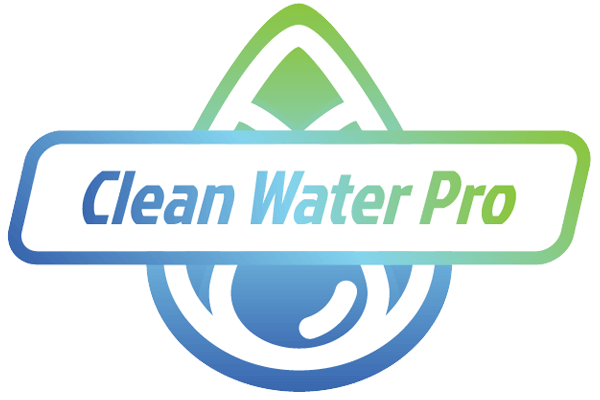As winter comes to an end in Canada, the El Niño weather pattern has brought unexpected challenges, particularly to the Canadian Prairies. The lack of snowfall has raised concerns about water scarcity and its impact on ponds, water tables, and agricultural landscapes. We’ll explore the potential consequences of a dry winter, discuss various strategies to address water shortages, and highlight proactive measures for maintaining the health of ponds in the face of challenging conditions.
The Impact of a Dry Winter
The absence of substantial snowfall not only affects the picturesque winter landscape but also poses significant challenges to water resources. The Canadian Prairies, known for their expansive fields and pristine ponds, are particularly vulnerable. With a low water table and diminished snowmelt runoff, many ponds are at risk of struggling to maintain their water levels.
Addressing Water Shortages
In the face of limited runoff, pond owners and farmers must explore alternative water sources to ensure the well-being of their ponds and surrounding ecosystems. Several options can be considered:
- Pumping Water from Local Tributaries:
- Check local regulations to determine if pumping water from nearby rivers or streams is permitted.
- Be aware that water from tributaries may be high in nutrients, requiring additional management strategies.
- Pumping Water from Local Ditches:
- Like tributaries, water from ditches may be an option, but nutrient levels should be monitored.
- Regular testing and treatment may be necessary to maintain water quality.
- Well Water as an Alternative:
- If available, high-quality well water can be a reliable source.
- Be cautious, as well water may also contain elevated nutrient levels, necessitating appropriate treatments.
Dugouts: Solutions For A Dry Winter
To combat the challenges of a dry winter, many people are proactively increasing the size of existing dugouts or digging new ones. Going deep is crucial, as it facilitates easier maintenance and helps retain water during periods of scarcity.
Proactive Pond Management
Ensuring the health of your pond involves more than just securing water sources. Implementing proactive treatments can make a significant difference:
- Aeration:
- Aeration systems improve oxygen levels, promoting a healthy ecosystem and preventing issues like algae blooms.
- Beneficial Bacteria:
- Products like Clean Water Pro’s CWP beneficial bacteria aid in breaking down organic matter, reducing nutrient levels, and enhancing water clarity.
- Dye and Phosphate Binders:
- Dyes can limit sunlight penetration, curbing excessive plant growth, while phosphate binders help control nutrient levels. Get your CWP Ocean Blue Pond Dye and CWP Phosphate binder by visiting our online retailer, PondSupply.ca
Conclusion
As Canadians navigate the challenges of a dry winter, it’s essential to adopt a proactive approach to pond management. Whether exploring alternative water sources or implementing treatments for water health, careful planning and sustainable practices will help mitigate the impact of the current weather patterns.
For personalized advice and assistance, consider reaching out to Clean Water Pro for a virtual assessment and treatment plan tailored to your specific pond needs. Together, we can ensure the continued health and vitality of Canada’s precious water resources.
